










FROM HERE
HOME: Teen Ambassadors 2023 Selectionsfromthe USCPAMTeen Ambassadors
STORIES
AND
About the Project












To spark personal stories and new ways for USC PAM's Teen Ambassadors to engage with the museum's permanent collection, the creative collective Narrated Objects led them in a series of exploratory, sensory-themed writing workshops. Together we focused on the process of looking at, thinking about, and making art with the goal of reimagining our interactions with art objects. These are a few of the questions we posed:
What do you see, smell, hear, and feel in the museum?
What artwork attracts you and why?
What is one question you'd like to ask the object?
Each ambassador selected an object they connected with from the museum and then were asked to use the same observational skills and creative instincts to select an object at home. During the next workshop, the ambassadors shared what it meant to them and investigated the possible connections between their two objects. This zine shares their varied reflections on both, including what they learned and created in the process. Which objects in the museum resonate with you?
Andrea Richards + Teena Apeles
About the USC PAM Teen Ambassadors
The USC PAM Teen Ambassadors program brings enthusiastic, creative, and culturally-minded high school students together to learn about Asian art, museum careers, and public program planning. Through after school meetings, students work with education staff to plan and execute special, teen focused events and social media content filled with activities of their choosing.

2023 Cohort
Junaid Bhatti
I am a junior at Polytechnic School. I enjoy playing sports, reading, music, and taking pictures. I have always enjoyed art, cultures and exploring museums.













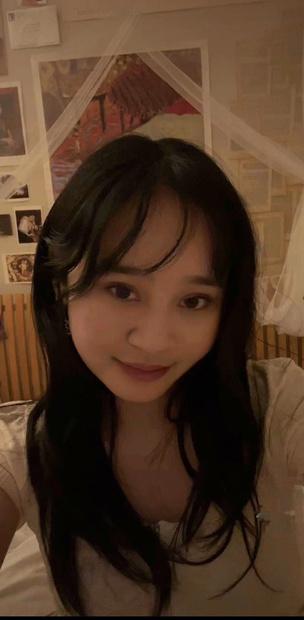
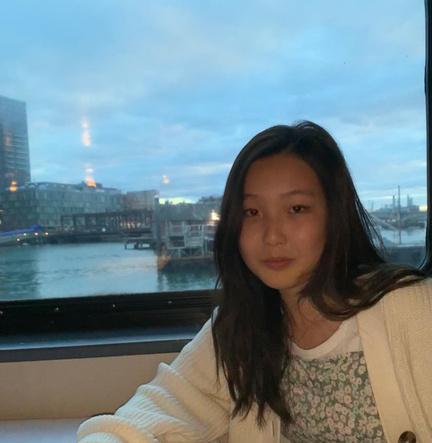

Kate Chun
I grew up being exposed to the arts. My mother was a piano player, and as a result I also took piano lessons (though that didn't go far). Right now I am a songwriter and enjoy playing the guitar. My grandfather is a Korean painter whose work can be found in Korean museums and textbook catalogs. Whenever he would send us packages they would always be filled with his paintings which my family hangs up on our walls. As a result, I love the arts and have much respect for all artists. For me personally, I also love reading, any subject ranging from fantasy to historical fiction, as long as it's a good story I am down to read it. I enjoy listening to music to take my mind off of things, but I also think eating some good ice cream can do the same trick.
Sam Torres
Hi! I'm Sam, a current junior at Immaculate Heart High School. I enjoy reading, eating pesto pasta, going to concerts, and thrifting clothing and odd trinkets.
Urja
Parekh
I am currently a sophomore at La Canada High School As a Korean-Indian American, I thought this experience would be perfect to learn more about my cultures and to expose myself to the different works and art styles that they pursued, to discover similarities and differences between the two cultures. My hobbies lie in oil painting and reading and my comfort shows are Adventure Time and Amphibia.
Erin Lee
Hello, I am Erin! I am a Korean American from LA, and I grew up with traditions and heritage from both cultures. I am a senior at the Buckley School in Sherman Oaks, and art has always been a hobby of mine. I loved going to art exhibits since I was young, and that's how I became interested in the USC Pacific Asia Museum!




Makena Parker
I am a Junior at Santa Monica High School I am part Taiwanese, Hawaiian, Korean, and African American I enjoy creating art like painting, drawing, and dancing styles like ballet, hip-hop, contemporary, and Hawaiian Hula. I have been dancing Hawaiian Hula for twelve years with Halau Keali'i O Nalani. I recently completed my Girl Scout Gold Award Project, helping to share Hawaiian culture through workshops on Hula and lei making. In my free time, I also love going to the beach, sewing, crocheting, camping, trying new restaurants, and spending time with my friends and family.
Katelyn Hung
My name is Katelyn and I’m a senior in high school. I joined USC PAM’s teen ambassador program because I enjoy learning about the intersection of different cultures. Some of my hobbies include making ceramics, cooking, and spending time with my friends.












Cameron Hong
Hi! I'm Cameron, a junior from La Canada High School. As someone who has a passion for exploring Asian history and its connection to my culture, I am beyond grateful for the opportunity to work as a Teen Ambassador for the museum these past years. Outside of my time with the museum, I am a passionate debater, journalist, and Korean drama enthusiast.
Ava Tambayong
Hi! I'm Ava, a sophomore at La Canada High School. As the only Indonesian American at any school I've attended, I've always had a rooted interest in spreading awareness and educating others about my Asian heritage through different media such as art and music. Aside from being a teen ambassador at USC PAM, I enjoy debating, listening to and playing music
Tanya Wei
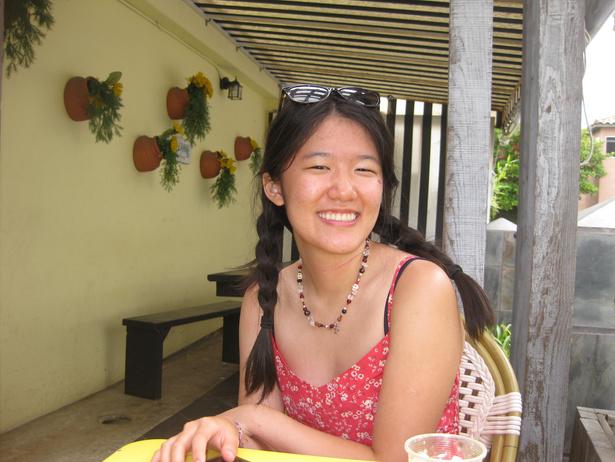
Hey! I'm Tanya, a junior from Westridge in Pasadena. I'm so glad to have been able to explore different Asian arts through the Teen Ambassador program, where I also learned lots about museum education and planning. My favorite forms and mediums of art include photography, watercolor, acrylic, oil pastels, and scrapbooking. Besides art, some of my favorite hobbies include debate, listening to music, and jewelry making.
Allison Woo
Hi! I'm Allison, a senior at La Canada High School. I joined the Teen Ambassador program to learn more about Pacific Asian culture and have enjoyed connecting to the museum community. In my free time I like to play tennis, read, and go to the beach.














eAt first glance, a cherry blossom tree and a katana are two contrasting items, but upon looking closer, they have many similarities. Katanas and cherry blossoms are both culturally significant to Japan, symbolizing birth, death, beauty, violence, and nobility. In these items I feel a sense of elegance. Katanas have a sleek and minimalistic design with small details that bring the object together as a whole. Cherry blossoms have delicate and small petals with a pink and white color which creates a color that is breathtaking. Through both their beauty and symbolism, the katana and cherry blossom show the elegance that first caught my eye.

1.
Japanese





Fun Facts!
Cherry blossom season only lasts for about a month each spring
By Junaid Bhatti
citizens can own katanas with cultural or historical significance by getting them registered through the Japanese Sword Association
MASK MASK

I’ve always thought that I have two faces—maybe everyone else does too. One is a facade, a “phony face” as Holden from the Catcher in the Rye would say, a mask that we put up to hide our flaws, maybe flaws that might simply be our insecurities gone out of hand, but nevertheless something that seems necessary to survive in a world of judgment. The second face is the true self, the inner part of our minds that only comes out to say hello once in a while, once we meet someone we feel comfortable around But this face is fragile, one little thing that goes wrong can scare it and make it go back into its shell, pushing forward the fake face once again. We might say that the fake face is the stronger one, it’s the one protecting us against the world’s judgment. Or we could also say that it’s the weaker one, the one that’s built upon false truths. However, one thing is that both the outer and inner face are necessary, essential to our identities
The outer shell is like a protective case, the pen case and guitar case protect what lays inside. It might be filled with an actual pen or an actual guitar, or it could be filled with other things, the list is simply endless. No matter what lies inside, the viewer is shielded because of the cases. Just as one can open up and give a shimmer of true personality and self, both cases can be opened to yield the treasure that lies inside It might be a disappointment, or it might be a sense of wonder, but regardless there is a sense of vulnerability. Whatever lies inside needs the protective shell in order to survive in the world, just as we cannot live without our masks. The wonder of such objects, our masks, our pen cases and guitar cases, lies in the fact that we all produce art. We ourselves, when looking deep within ourselves can create beautiful forms of literature, music, and physical manifestations of art. The pen case holds a pen that allows the writer to translate their emotions onto pieces of paper. The guitar case holds my beloved guitar, which I can create songs and play music. While these protections might seem like inhabitants from our true selves, it is clear that they are essential in order to even have the ability to develop our sense of self. If my guitar were homeless, I would not be able to carry it around because I would be fearful of breaking it.

2.
KATE CHUN
As time passes, rust corrodes and leaves fall, the gradual decay inevitable. Like the horse, frozen in a single moment, yet constantly from one display to another, the camel, perpetually degraded, is flung from state to state. Neither has the will to decide for themselves, privy to the negligence and movement of their owners.
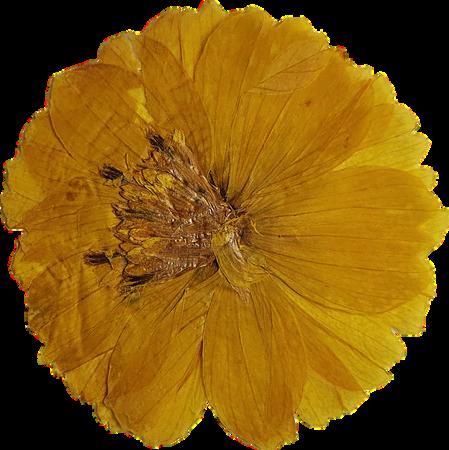


The camel acts as an observable representation of the turmoil in my childhood travels - but in the face of carelessness, it retained beauty in patches of silver that remain, shining through the darkened entirety. It has endured in its value and brilliance, despite that which threatens its luster, much like the horse.



To me, these items are not only animals of clay and metal, but are symbols of perseverance undeterred by time and fragmentation, and a reminder for me to do the same.


ENDURANCE ENDURANCE



HORSE CHINA EXHIBIT, HAN DYNASTY 1ST - 2ND CENTURY CE SILVER CAMEL MY GRANDMOTHER'S HOUSE GUJARAT, INDIA 2012
Urja Parekh
3.
Tucked away in the corner of a vintage shop, my friend spotted the dress before any of us. This was last summer. Since then, I have taken it home, admired how it fell, thought distantly of its previous owner. Months later, staring at the jacket on display, I felt the same recognition (the same curiosity for the girl who had worn it, the same suspicion that we were alike). The distances between my life and theirs remain. They are limited by oceans, mountains, and time. They are echoes of lives once led. Is there sense in building bonds with ghosts? I have more questions to ask, but for now I can fill them in myself.



Sisterhood
By Sam Torres
4.
Exploring Patterns

Museum Pick: Home Object:


Gingerbread Flavored Bar of Soap
I cannot tell you my love for this soap, it smells better than any actual gingerbread. Even better, the flowy, organic patterns are so beautiful.


Their Connection:
I love seeing the different techniques of pattern making used: intricate and deliberate vs organic and flowing I explored these techniques, combining them to produce my own designs
By Makena
 Double Gourd Vase
5.
Double Gourd Vase
5.
THE OCTOPUS IS A NETSUKE, WHICH THE OCTOPUS IS A NETSUKE, WHICH THE OCTOPUS IS A NETSUKE, WHICH SERVED AS AN ORNAMENTAL PIECE SERVED AS AN ORNAMENTAL PIECE SERVED AS AN ORNAMENTAL PIECE TO FASTEN A BOX, OR ATTACH TO TO FASTEN A BOX, OR ATTACH TO TO FASTEN A BOX, OR ATTACH TO
TRADITIONAL JAPANESE ATTIRE TRADITIONAL JAPANESE ATTIRE TRADITIONAL JAPANESE ATTIRE THE OCTOPUS IS A NETSUKE, WHICH THE OCTOPUS IS A NETSUKE, WHICH THE OCTOPUS IS A NETSUKE, WHICH SERVED AS AN ORNAMENTAL PIECE SERVED AS AN ORNAMENTAL PIECE SERVED AS AN ORNAMENTAL PIECE TO FASTEN A BOX, OR ATTACH TO TO FASTEN A BOX, OR ATTACH TO TO FASTEN A BOX, OR ATTACH TO
TRADITIONAL JAPANESE ATTIRE TRADITIONAL JAPANESE ATTIRE TRADITIONAL JAPANESE ATTIRE
By Erin Lee

6.
Korean Hanbok (한복)




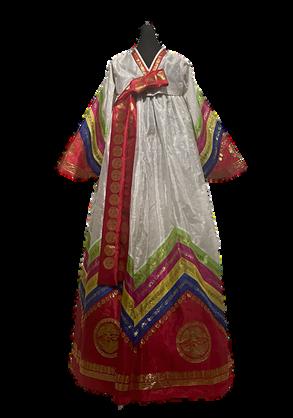 By Cameron Hong
By Cameron Hong
Growing up, I perceived my family's fullest expression of Korean culture during New Year's as performative, awkward, and costume-y. But after encountering the wedding hanbok on display and experiencing immediate familiarity, I started to better understand how so many aspects of my culture (such as hanbok) have shaped my unique identity as a Korean American.

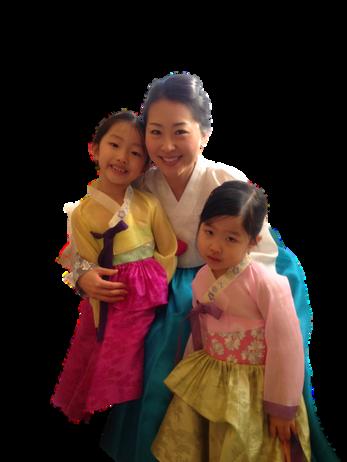
WKorea,20thcentury


 7.
7.
FUNCTIONALFORMS Chinese Art

Horse
China, c. 1st-2nd century CE Earthenware
This horse caught my attention at the museum for its vivid expression. Perhaps it was facing a foe or simply standing on guard. In Ancient China, warrior horses were used to express loyalty and power. Its survival into 21st century America indicates a persistence of these values.

Mug
Chinatown, LA, c. 20th century Mass produced ceramic
This mug was purchased by my grandparents in Chinatown long before I was born. Its design follows a modern style of Chinese dinnerware that is also massproduced onto plates, bowls, and utensils. Such large scale manufacturing reflects the globalization of Chinese art and culture.

ByKatelynHung
8.
intricacies.
Growing up, one of my subsets of Chinese artwork has always been calligraphy. I loved watching the free-flowing and expressive yet careful brushstrokes of master calligraphers as bridge the gap between visual art and Chinese literature.
Carefully carved with a complex and detailed design, the Chinese ink stick perfectly encompasses the intricacies of Chinese visual art. It reflects skillfulness of ancient Chinese artists as they created art within art.
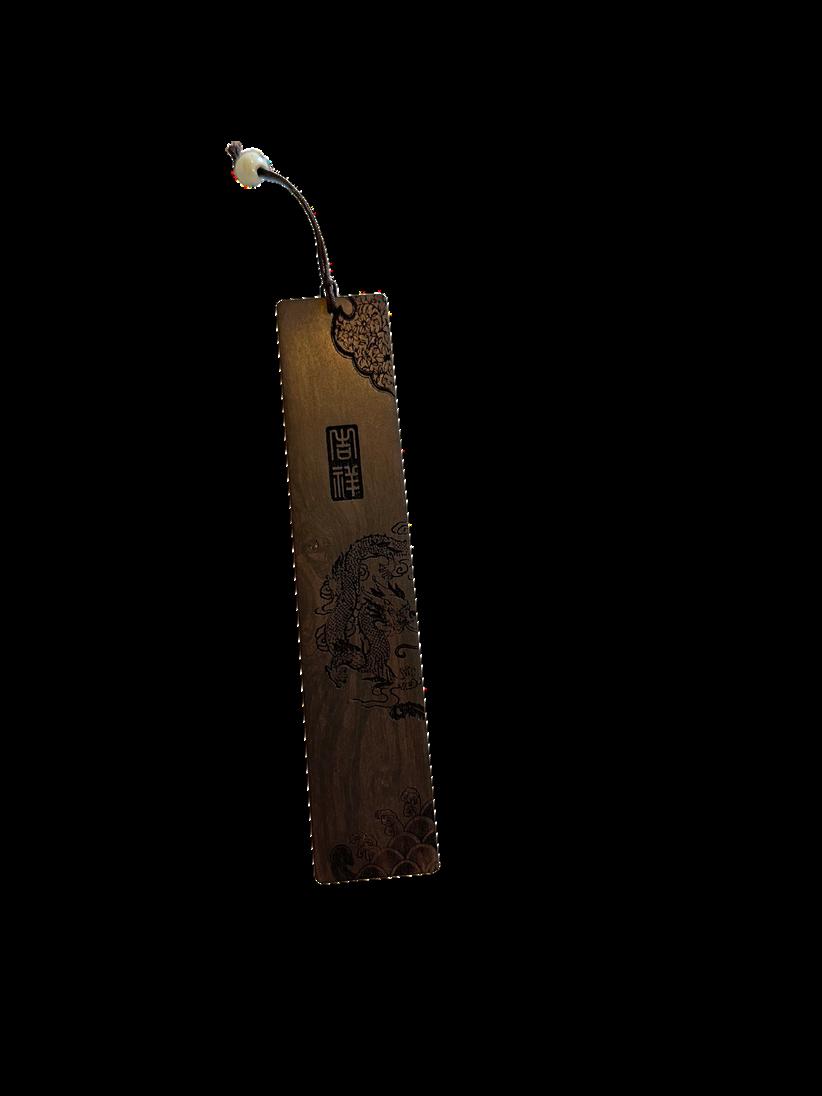


The intricate design of the inkstone reminded me of these wooden bookmarks my relatives from china had gifted me. Although the designs are different, the inks tone and the bookmarks share the same detailed carving. More specifically, the black bookmark also shares an element of nature, as it reveals rolling hills and a dragon.
 By Tanya Wei
9.
By Tanya Wei
9.
The Three Guanyins:

Guanyins are the Chinese translation of the Buddhist Avalokiteshvara- the Buddhist embodiments of compassion, k d nd love. 10.


With their place in the exhibition, the Guanyins stand at less than a foot tall, but the detail and attention with which they were crafted serve as a testament to the role art has played in civilizations.

Similar to how art served as a bridge between humanity and the otherworldly, art in contemporary society serves as a reminder and bridge between the individual and their greater culture.
By Ava Tambayong
E X P R E S S I O N
Horse China, 1st-2nd century CE
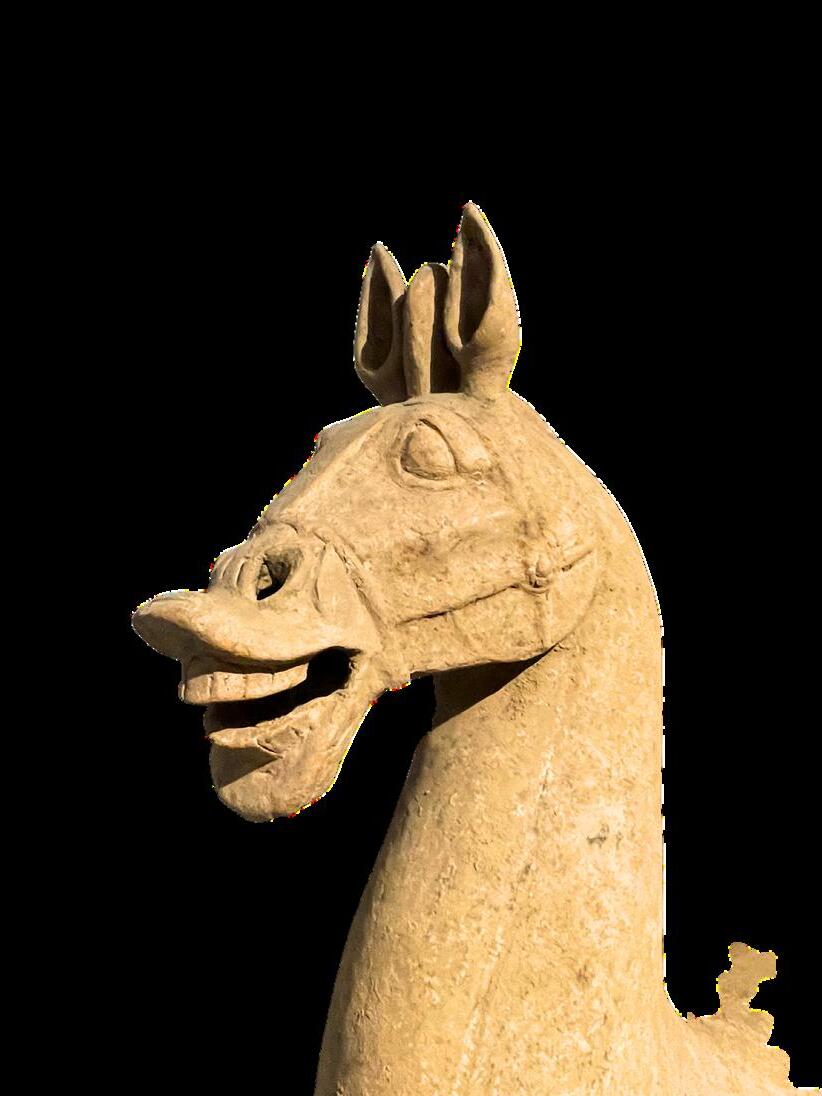
I chose the horse because of its vivid emotion. I wondered how the artist had captured such a specific facial expression and how it had been preserved so well for many centuries.
Wooden Turtle Korea, early 21st century
My home object is a wooden turtle that my grandpa bought in Korea. It was one of my favorite toys as a child. The vivid expression of the horse reminded me of the elaborate stories I used to create around this turtle.
 by Allison Woo
11.
by Allison Woo
11.
ObjectLabels
1.
SWORD
Japan, Edo period (1603-1868)
Steel, wood lacquer, bronze, ray skin, and brass
Gift of Stanford Moore Smith in memory of Professor Ro Smith
2003.21.8AB
3. HORSE
China, Han dynasty (206 BCE – 220 CE)
c. 1st – 2nd century CE
Earthenware
Gift of Mr. and Mrs. Robert M. Snukal 1997.69.74
5. DOUBLE GOURD “SHOU” VASE
China, late Ming dynasty (1368-1644)
Porcelain, glaze
Museum purchase (formerly in the collection of Ambassador Alexander Otto)
1994.46.1
7. WEDDING HANBOK
Korea, 20th century Polyester with gold paint
T2008.1077AB
9. INK STONE
China, Qing dynasty, Qianlong period (1736-1795)
Porcelain, glaze
Gift of Anna and Dana Bresnahan 2000.42.1
Hu Kaiwen Ink Factory BLACK INK CAKE
China, 20th century
Ink
Gift of David Kamansky 2013.4.19S
2. PEN CASE
Tibet, 14th – 15th century
Gilt iron
Museum purchase with funds provided by the Collectors’ Circle 2005.46.2AB
4. WEDDING JACKET
China, late 19th century
Silk Brocade, silk and metallic thread, woven silk ribbon trim, gilt enamel buttons
Museum Purchase
1977.53.1
6. NETSUKE IN THE SHAPE OF OCTOPUS ON TOP OF AN URN
Japan, 20th century
Ivory
Gift of the International Netsuke Foundation 1991.79.10
8. HORSE
China, Han dynasty (206 BCE – 220 CE)
c. 1st – 2nd century CE
Earthenware
Gift of Mr. and Mrs. Robert M. Snukal 1997.69.74
10. THREE GUANYINS


China, 20th century
Ivory
Gift of Mr. and Mrs. Barry H. Taper
1994-51.34ABC
11. HORSE
China, Han dynasty (206 BCE – 220 CE)
c. 1st – 2nd century CE
Earthenware
Gift of Mr. and Mrs. Robert M. Snukal 1997.69.74
































































































 Double Gourd Vase
5.
Double Gourd Vase
5.





 By Cameron Hong
By Cameron Hong




 7.
7.






 By Tanya Wei
9.
By Tanya Wei
9.





 by Allison Woo
11.
by Allison Woo
11.
